Kale has become somewhat synonymous with the modern health movement, but this nutrient-packed green has been a bastion of good eating for centuries. In fact, there’s an old Scottish story that tells of a young doctor, traveling in search of a town to start his practice. He was advised, “If you see kale growing in the gardens, move along … they won’t be needing your services there.”
And when the cooler weather rolls across the hills and fields of many a homestead, the season for cold-loving crops has returned, and with it, the chance to get your garden beds cleaned up from their hard summer’s work and ready to host some of the world’s tastiest greens.
How To Grow Kale
As you start researching the ideal kale for your garden, you may start to realize an unexpected fact: Both kale and collard greens are essentially the same plant with different names! The wavy-leafed green is usually called kale and the smooth-surfaced plant is called collards, but they are virtually identical in terms of care and habit. The only real difference between the two is that collards can take the heat a lot more handily than kale can—no wonder it’s such a southern staple!
Whatever you call it, kale is an easy plant to grow and harvest. The tiny seeds remind me of mustard seeds, and they’ll fall happily from your hands into well-drained soil in a sunny location in pretty much any growing zone. They can be started indoors if you want to get an early spring crop, but you can sow them into the ground as soon as the soil can be worked.
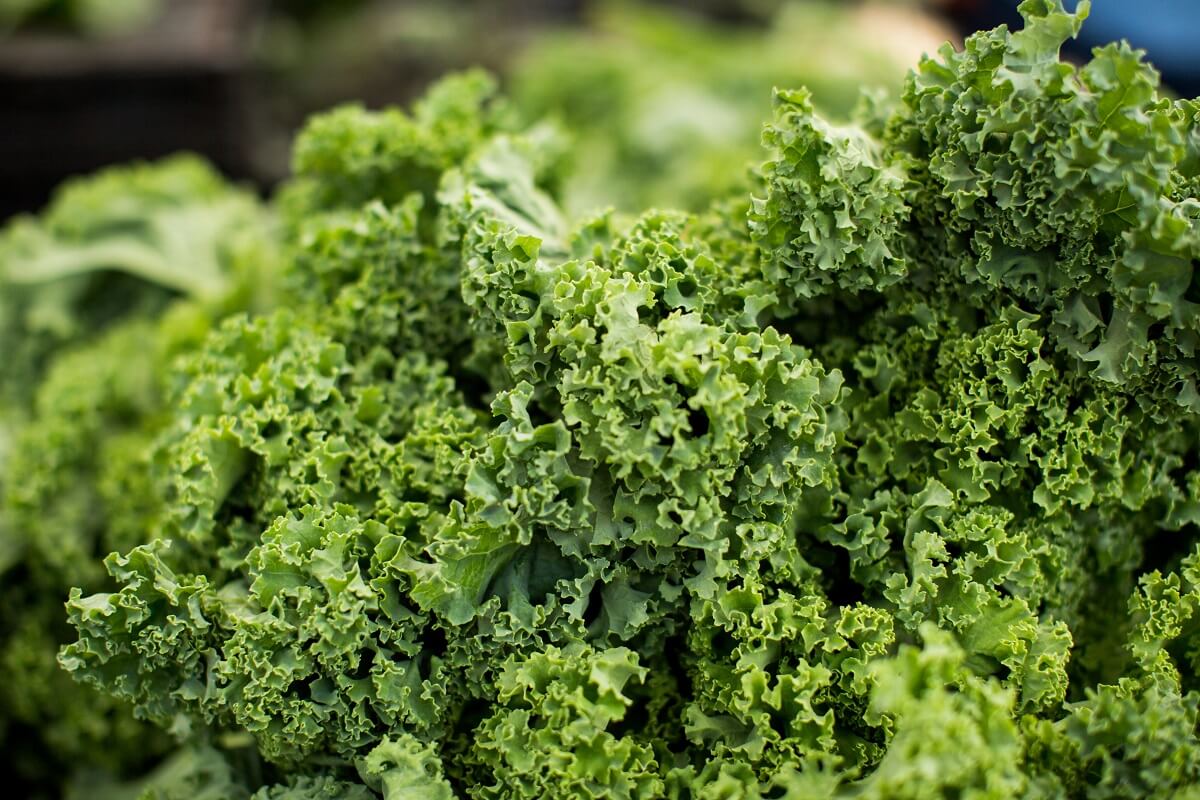
And when it comes to a long-term garden relationship, kale is your friend for the long haul. Able to be planted any time from early spring to late summer, planting successive seeds will ensure that the healthful greens keep coming and coming. If you live in areas with very hot summers, you may need to plant a more heat-tolerant variety of collards until the temperatures cool off again.
Planting Kale
For planting in the ground, try to space and thin seedlings so that they are 8-12 inches apart. Kale plants grow about 12 to 18 inches tall and grow just as wide, so they’ll need some space to spread. If you don’t have the space for a lush kale bed, however, not to fear! Kale does just fine in a pot—just make sure that the pot is at least 12 inches in diameter.
For fall plantings, try to get the seeds in the ground about 8 weeks before the first frost. Those plantings may be able to then supply you for the entire year. Once the first hard freeze hits, it’s curtains for many garden produce but not cold-loving kale! If you mulch the ground heavily once the cold sets in, kale will continue to produce leaves.
https://www.instagram.com/p/BTCA3VWF7hS/
The leaves usually become even sweeter after being touched by winter’s cold. Even if you live in colder climates, a cold frame or some heavy mulching will keep your plants alive enough to greet the spring!
Though kale is usually grown as an annual, it is actually a biennial. This means, if you live in zones 7-9 and water them adequately, you can harvest from these fabulous greens all year round. But don’t despair if you live in colder climates! With a bit of protection, it can over-winter in most areas.
Kale plants are biennial, meaning they take two years to throw out their bright yellow flower stalks and following seeds. Leave some of your plants through winter’s chill—they’ll be happily providing you with greens anyway—and allow them to grow their seedpods. Jere Gettle of Baker Creek Heirloom Seed Company recommends cutting off the seed heads as they are ripe and dangling them over a bucket—the tiny seeds will drop into them as the dry out.
Harvesting Kale
Kale is ready to pick once the leaves are at least the size of your hand, though you can certainly pick them when the leaves are bigger than that. Just be careful to not pluck off the terminal bud—the tender growing tip of the plant that will continue to produce tasty leaves.
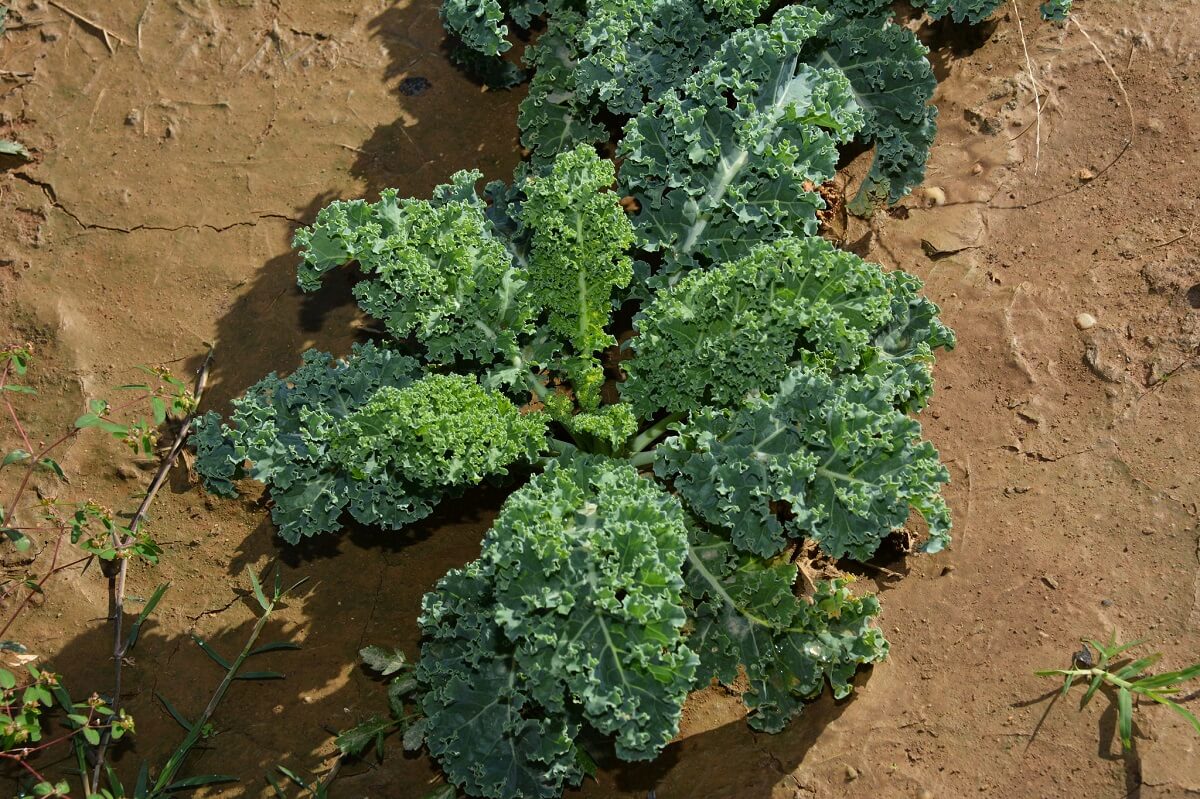
If you’re growing collards, try to harvest them when midribs of each leaf are still small and tender. If they get too thick, they’ll just require longer cooking, but they’ll still be tasty and nutritious.
This generous plant will continue to produce leaves until the temperatures dip below 20 degrees Fahrenheit. Even then, they’ll often stay alive—particularly if well mulched or protected in a cold frame. They’ll just slow down production until the spring spurs them back into action!
Common Diseases And Pests
Kale is part of the huge, generous brassica family—directly related to such estimable veggies as cabbage, broccoli, cauliflower, and kohlrabi. And as such, it is subject to the same pests such as flea beetles, cabbage loopers, and aphids. Jere Gettle warns that kale’s most serious enemy is harlequin bugs, large red-and-black striped devourers of leaves.
The best organic control against them is to have good soil and healthy plants and to hand-pick them off leaves before the population gets established. Drop your striped kale-thieves in a jar of soapy water, and they’ll bother you no more!
https://www.instagram.com/p/BXjfjKEjIRL/
Guinea fowl have also been used to clean up garden beds—they may seek and destroy every bug they find, but be sure to introduce them into your garden after plants are well established, and even then with a bit of surveillance—you wouldn’t want them to eat your plants along with the pests!
Cabbage worms may also try to skeletonize your kale long before you get the chance to harvest. Some old-time remedies to control them include sprinkling kale with cornmeal and rye flour, the rationale being that the flours will cause the worms to either dry out or swell up and die. Since you’ll be eating kale leaves directly, I recommend using any non-chemical method of control that you can—you certainly don’t want to be ingesting insecticide!
Another one of the best ways to control pests in your garden is to weed regularly and remove old, used-up plants. Insects often lay eggs in curled-up, dried leaves, so keeping your garden beds in clean, orderly shape is more than just a matter of aesthetics!
Some Varieties Of Kale
I love Siberian kale. The fringed, feathery leaves are as beautiful as they are tasty, providing an interesting, purple-tinged texture to any garden.
Nero di Toscana kale—often referred to as “Dinosaur Kale” in grocery stores—is a delicious tasting, deeply savoy-leaved variety that grows in super-attractive, dark-green clusters.
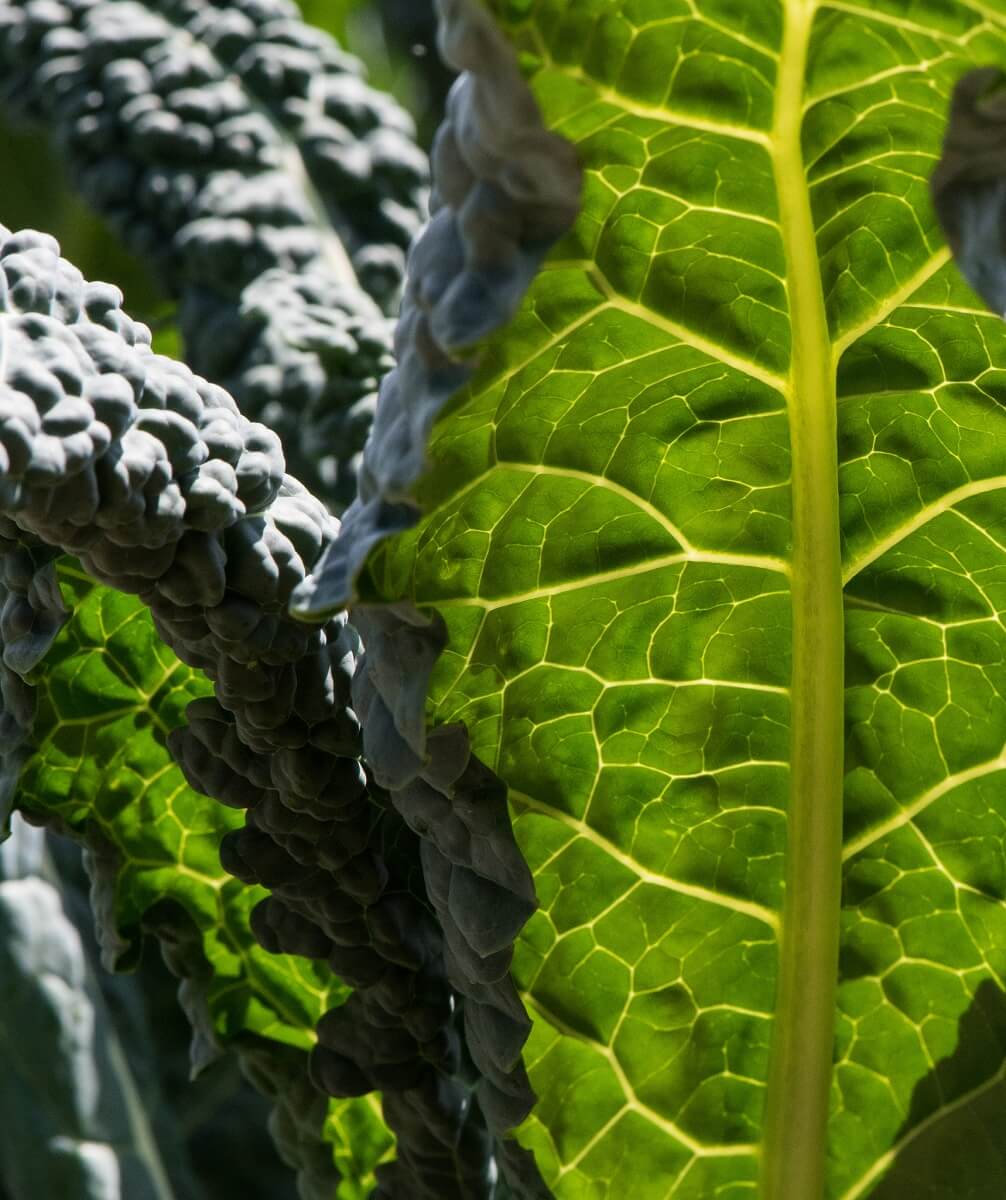
And what is a southern dinner without collards? Morris Heading collards are a great choice for year-round plantings that are slow to bolt in the heat and yet also good for fall harvests.
If you’re not growing kale right now, take this coming winter to plan out your spring garden and get some in the ground! With how expensive organic greens can be in the grocery store, it’s a no-brainer to grow your own. They’ll be cheaper, fresher, and you, of course, will be healthier. Happy growing!
Resources
- The American Horticultural Society Illustrated Encyclopedia of Gardening: Vegetables
- The Complete Vegetable & Herb Gardener, Karan Davis Cutler
- The Heirloom Life Gardener, Jere and Emilee Gettle



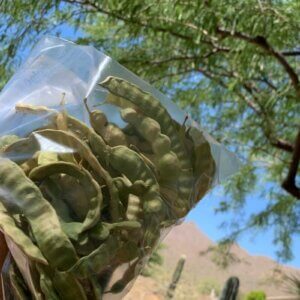
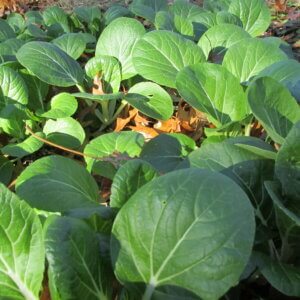



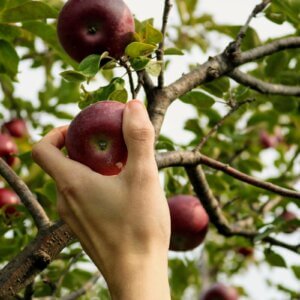
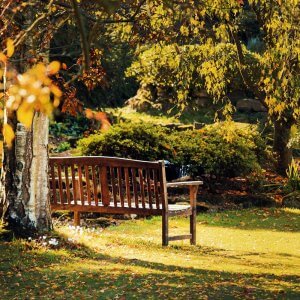


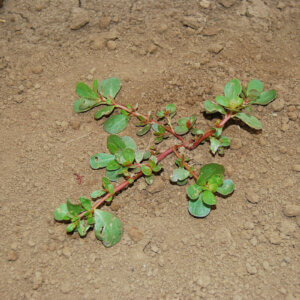
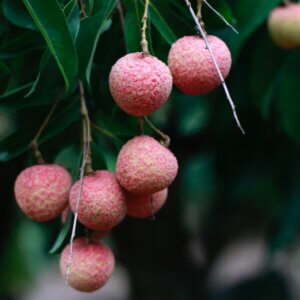
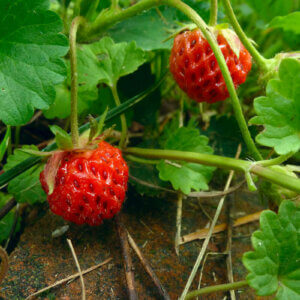
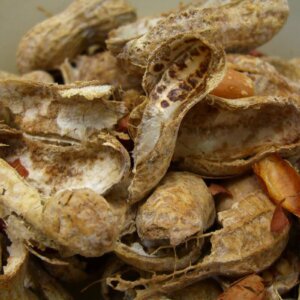
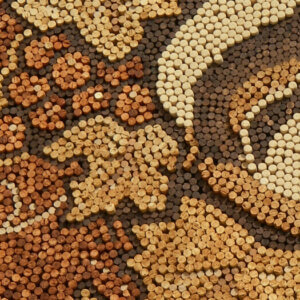
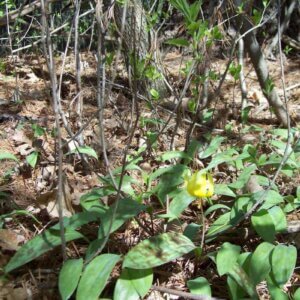
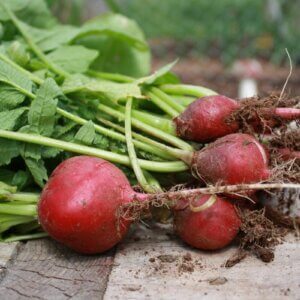
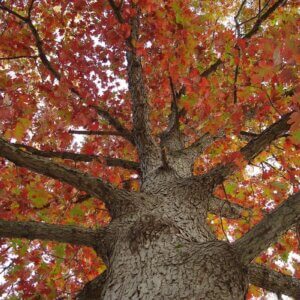


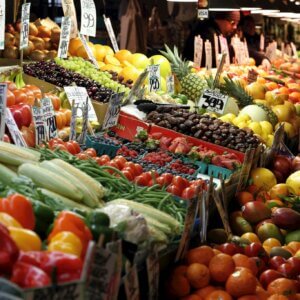
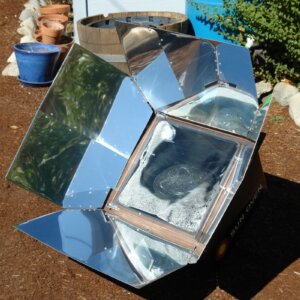
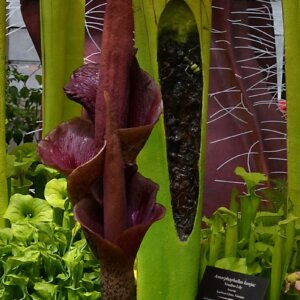
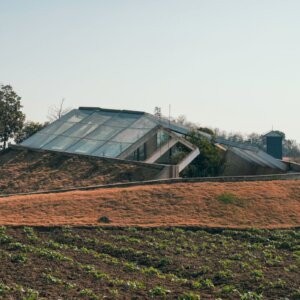
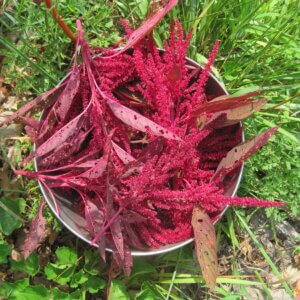
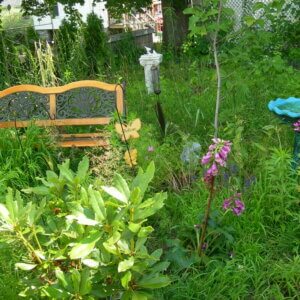
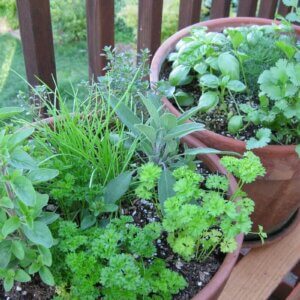
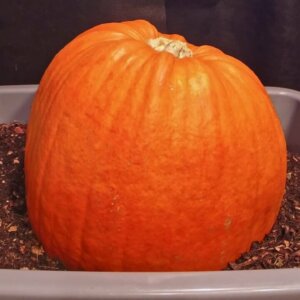
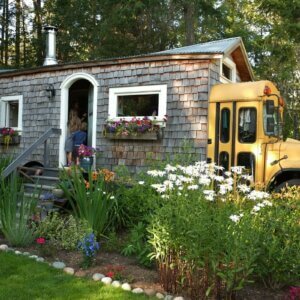
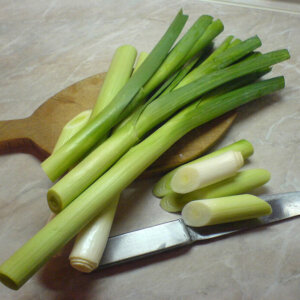

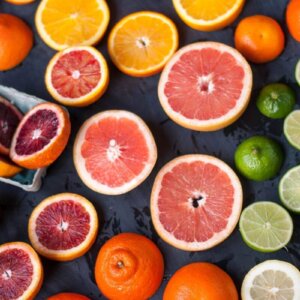





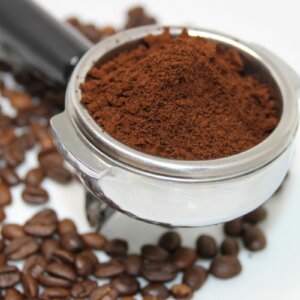
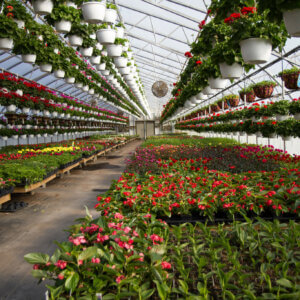
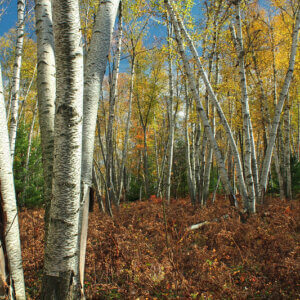
Leave a Reply